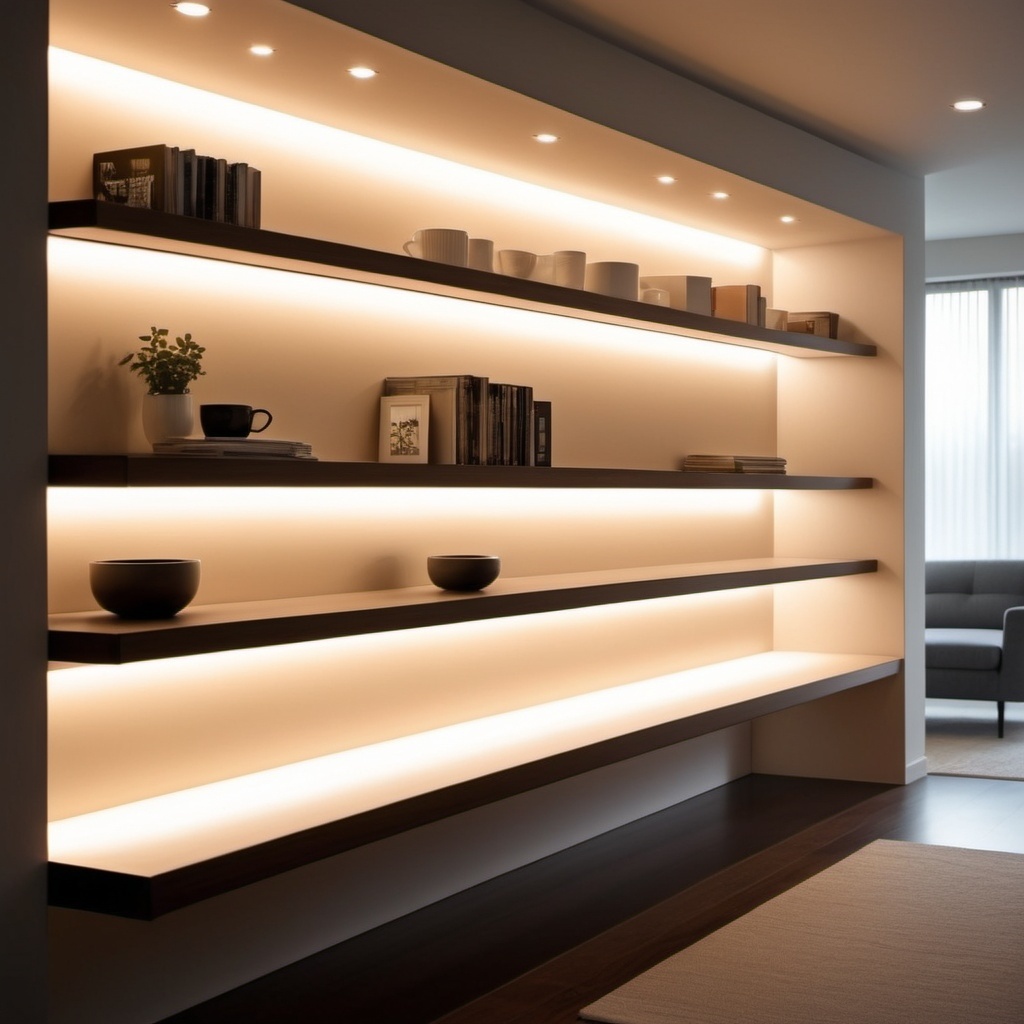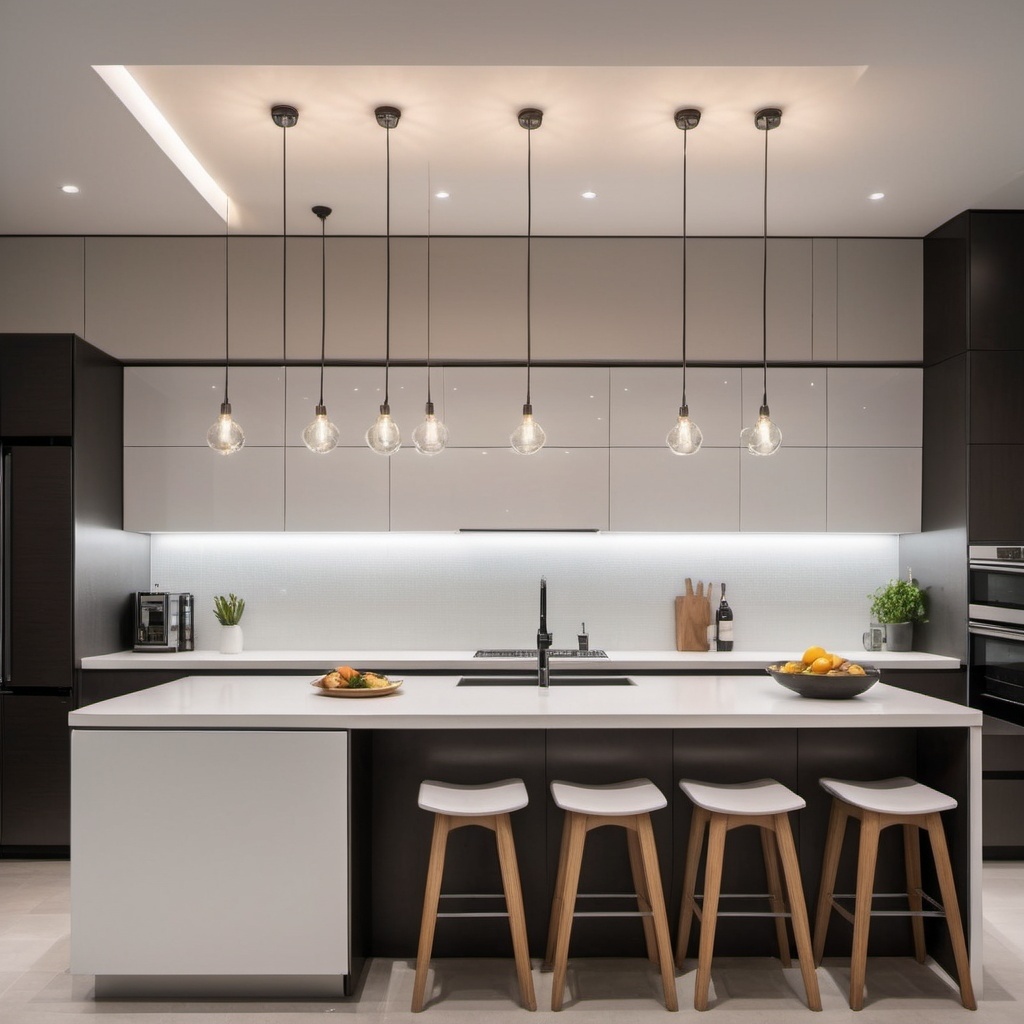Imagine a sleek, modern kitchen where every detail exudes a sense of sophistication and functionality. The cabinets are a glossy, white finish, reflecting light and adding to the room’s airy feel. Integrated seamlessly into the underside of these cabinets are linear LED lights, casting a soft, even glow across the countertops.
These LEDs are recessed, so they don’t interrupt the clean lines of the cabinetry. The light is cool and crisp, highlighting the textures and colors of the backsplash—perhaps a striking subway tile or a chic glass mosaic. The illumination creates a dramatic contrast with the dark granite or quartz countertops, making meal prep and cooking not only easier but also more enjoyable.
The lighting also has a subtle effect on the ambiance. It’s perfect for evening settings when you might want to unwind with a bit of ambient light while keeping the workspace well-lit. With the touch of a button or a smart home system, you can adjust the brightness to match the time of day or your mood, making this modern kitchen as versatile as it is stylish.
Linear LED lighting often surpasses puck lights in several keyways, making it a preferred choice for many modern kitchens:
1. **Uniform Illumination**: Linear LEDs provide a continuous, even spread of light across the entire length of the countertop or workspace. This eliminates the harsh shadows and uneven lighting that can occur with puck lights, which tend to spotlight areas more distinctly.
2. **Aesthetics**: The sleek, unobtrusive design of linear LED lighting integrates seamlessly into the cabinetry. It offers a clean, modern look without the bulky appearance of puck lights, which can disrupt the smooth lines of contemporary kitchen designs.
3. **Coverage**: Linear LEDs can cover a larger surface area in one go, reducing the number of fixtures needed. Puck lights, on the other hand, often require multiple units to achieve similar coverage, which can lead to a cluttered appearance and more installation work.
4. **Flexibility**: Linear LED strips can be easily customized to fit various lengths and shapes, accommodating different cabinet sizes and layouts. This flexibility allows for a more tailored lighting solution compared to the fixed sizes of puck lights.
5. **Energy Efficiency**: While both linear LEDs and puck lights are generally energy-efficient, linear LEDs often offer superior performance in terms of lumens per watt. They typically produce more light with less energy consumption, contributing to lower utility bills.
6. **Reduced Glare**: Linear LEDs provide diffused light that minimizes glare and eye strain, making them ideal for tasks like cooking or reading recipes. Puck lights, due to their focused nature, can create more pronounced glare and hotspots.
7. **Maintenance**: Linear LED installations are usually low-maintenance because the lights are often integrated into the cabinetry and require less frequent bulb replacements compared to puck lights. Puck lights might need bulb changes more often, depending on their design.
8. **Installation**: Linear LED lighting is often easier to install in a continuous strip, while puck lights require precise placement and alignment. The installation of linear LEDs can also be less invasive and more straightforward, especially if they are part of a modular system.
Overall, linear LED lighting offers a more streamlined, effective, and aesthetically pleasing solution for modern kitchens compared to puck lights.
Puck Lighting look:
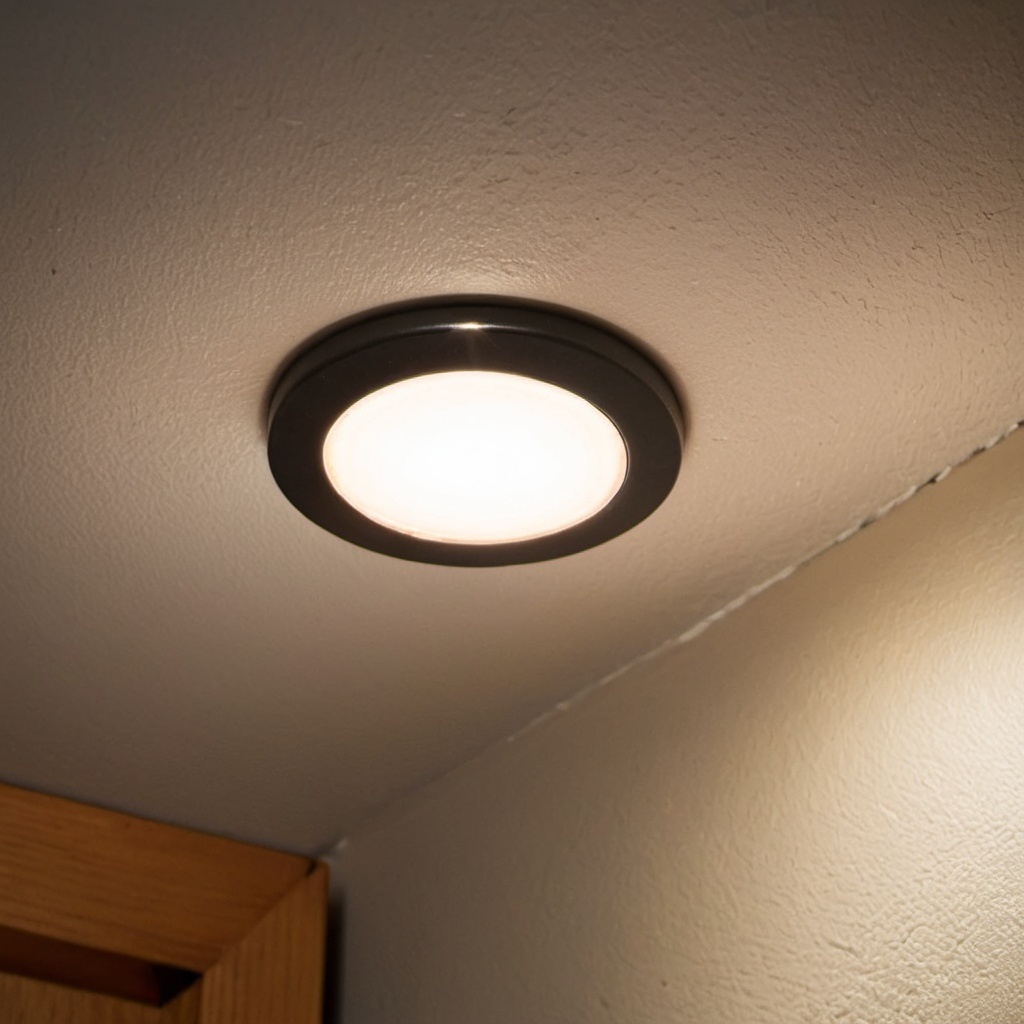
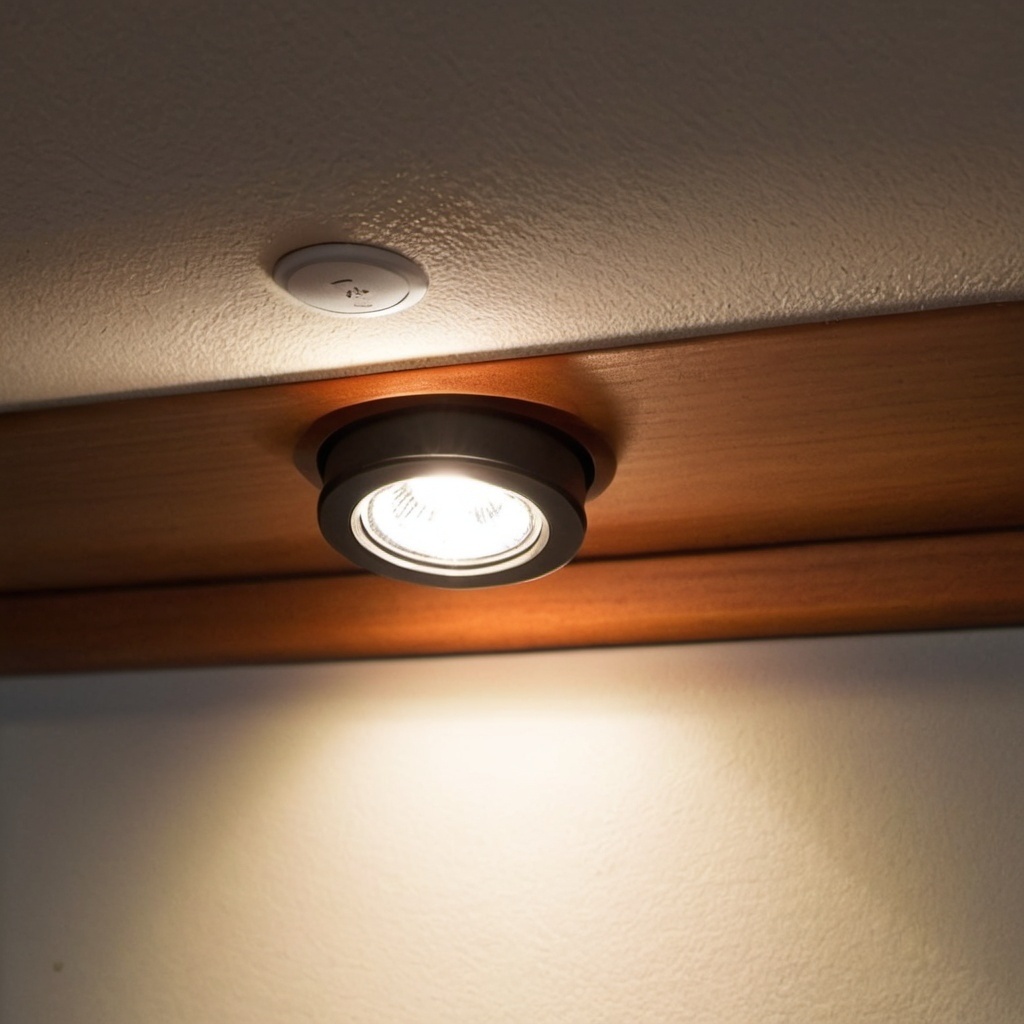
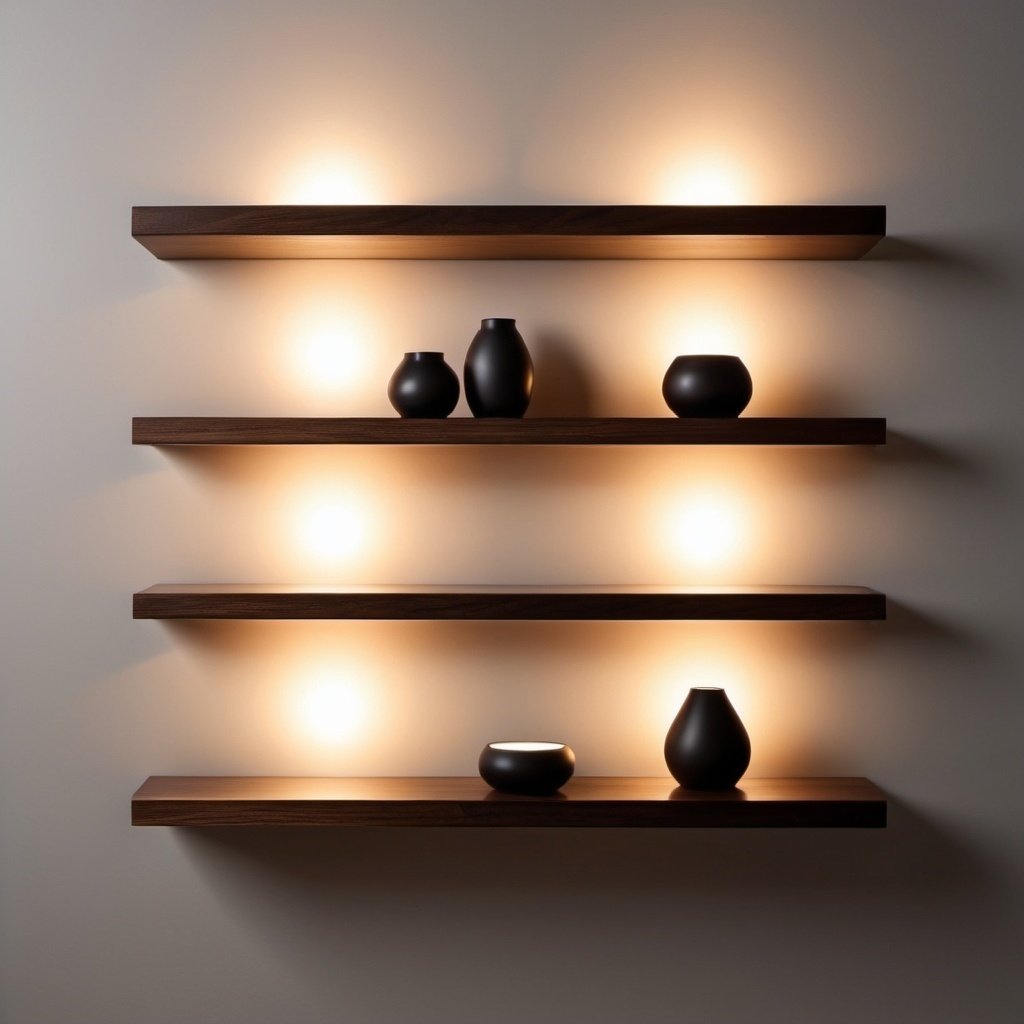
Linear LED Look:
